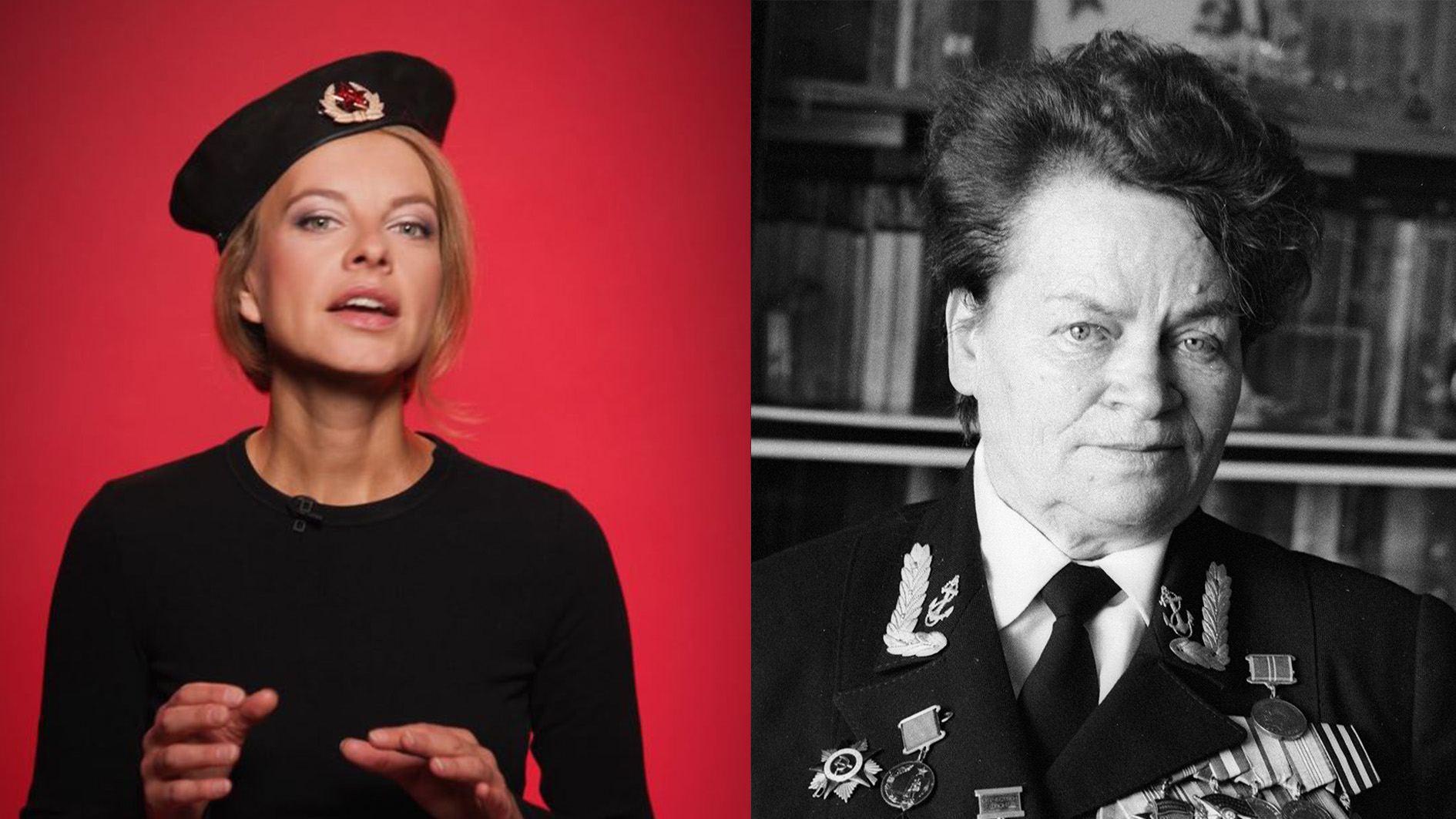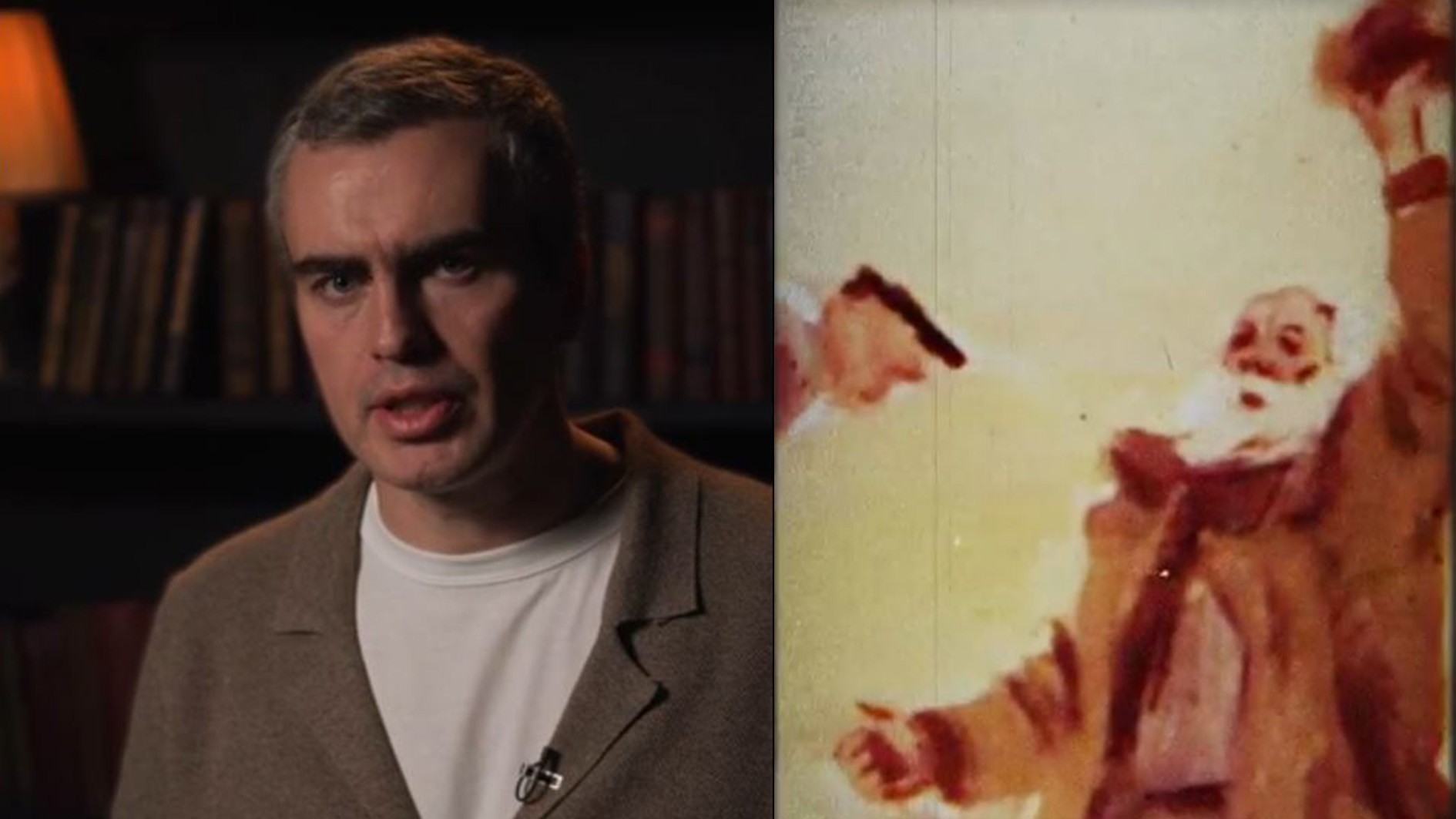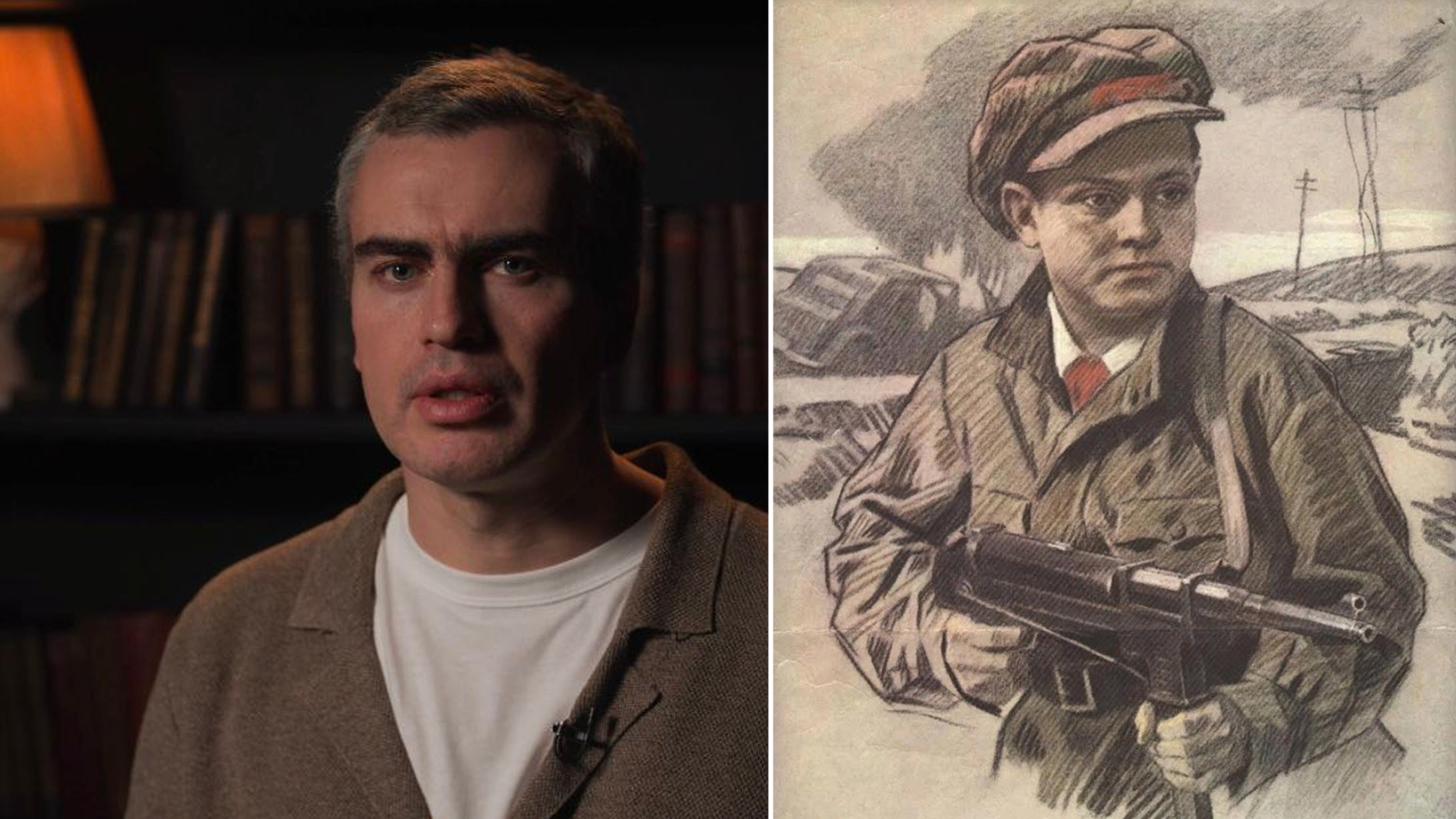
5 Red Army victories over the Nazis before the Battle of Stalingrad

1. Liberation of Yartsevo

The city northeast of Smolensk fell into enemy hands on July 16, 1941: An airborne assault force landed nearby, which was supported by units of the Wehrmacht's 7th Panzer Division that had broken through.
With the loss of the city, the Soviet units in the Smolensk area were at risk of encirclement, so the task force under the command of Major General Konstantin Rokossovsky tried to recapture it immediately. And, by July 19, they had succeeded.
“Having collected everything we could in the Yartsevo area, we struck. The Nazis did not expect it: the day before, they themselves had attacked, were repulsed and did not assume that we, after a difficult defensive battle, were capable of moving forward,” Rokossovsky recalled.
For several months, fierce battles raged in the Yartsevo area, until the Germans occupied it again on October 5. Only on September 16, 1943, did the Red Army finally liberate the city.
2. Elimination of the Yelnya Salient

The small town of Yelnya, southeast of Smolensk, was captured by the Germans on July 19, 1941. As a result, the so-called ‘Yelnya Salient’ was formed, which penetrated deeply into the Soviet defenses.
General Georgy Zhukov, commander of the Reserve Front, was tasked with eliminating the dangerous bridgehead. On August 30, after a large-scale artillery barrage, Soviet troops launched an offensive on the city from two directions.
On September 3, the distance between the Soviet groups moving towards each other was eight kilometers, so the Germans, under threat of encirclement, began to retreat from the salient. On September 6, units of the Red Army entered Yelnya.
This was one of the first successful operations of the Red Army to break through the enemy defenses. Several divisions were awarded the honorary title of Guards.
The city fell into German hands again on October 6 of the same year. It was under occupation until August 30, 1943.
3. Liberation of Rostov-on-Don

This large industrial center with a population of half a million was occupied on November 21, 1941. The Germans drove the Soviet 56th Army defending the city to the left bank of the Don and consolidated their positions.
On November 27, three Soviet armies attacked Rostov from different directions, trying to encircle the enemy. The infantry crossed over the thin ice of the frozen Don and immediately entered the battle.
Despite Hitler's categorical prohibition to leave Rostov-on-Don, German troops left the city under the threat of encirclement. On November 29, units of the Red Army re-entered it.
The victory in Rostov not only raised the morale of the Soviet troops and population, but also prevented the command of Army Group South from transferring reserves to Moscow, where a large-scale Soviet counteroffensive had begun on December 5. As one Wehrmacht officer later stated: “Our troubles began with Rostov…”
For the next seven months, Rostov was a front line city. Soon after the failure of the Soviet spring offensive near Kharkov, the Germans retook it. It remained under occupation until February 1943.
4. Liberation of Eastern Crimea

By the end of 1941, almost the entire Crimean Peninsula was occupied by the enemy. Only Sevastopol, where the main base of the Black Sea Fleet was stationed, was under siege.
The Germans had pulled almost all of their divisions to the rebellious city, while the eastern part of Crimea, the Kerch Peninsula, was being defended by insignificant forces. The Soviet command decided to take advantage of this.
On December 26, a naval landing took place near Kerch and, on December 29, near Feodosia. The soldiers jumped into the sea and, chest-deep in icy water, walked to the shore, where they crushed the enemy's weak cordons.
“Night, wind, frost, the plank gangways were washed away by the wave, rockets were flying everywhere and there was darkness and piercing tracer bullets all around. The command was heard: “Forward, for Crimea!” We jump overboard, the water is up to my shoulders, the ground is under my feet, the cold has burned my whole body, but my legs are still warm in their wraps. No time to think, forward and only forward to the shore…” is how machine gunner Fyodor Kovalchuk recalled the landing.
By January 2, 1942, the Red Army completely liberated the Kerch Peninsula. However, in May of the same year, as a result of a German offensive, the Soviet group in Crimea was completely defeated and the enemy regained the positions they had once lost.
5. Victory near Moscow

The main battle of the 1941 campaign began in early October with the catastrophe near Vyazma, where the main forces of the Soviet Western and Reserve Fronts were routed. Until the reserves arrived, all available forces, including cadets from military schools, were thrown into defensive positions.
The Germans were inexorably approaching Moscow. On November 30, they occupied the village of Krasnaya Polyana, just 30 km from the Kremlin. The Wehrmacht command believed that one decisive attack would be enough for final victory.
Meanwhile, the German troops were extremely exhausted and depleted, while fresh reserves of the Red Army were secretly concentrating in the capital. On December 5 and 6, troops of several Soviet fronts launched a large-scale counteroffensive.
“There was a rumble along the entire front for about an hour and a half and then all five armies of the front went on the offensive… We were moving, but the Germans were nowhere to be seen, so they ran away. I was still surprised then: “Wow! Just like we ran away from the border to Moscow, so now they are running away!” Everyone became cheerful, laughing: ‘Finally, we are driving them away! That’s it – now victory will be ours!’ And so we advanced for 200 kilometers,” recalled infantryman Tunguchbai Apasov.
The Red Army pushed the stunned Wehrmacht back 100-250 km from the capital and, in some areas, the retreat turned into a panic flight. Hitler immediately dismissed a number of high-ranking military leaders.
Soviet troops completely liberated the Tula, Ryazan and Moscow regions and finally buried the German "blitzkrieg". The war had become protracted.












